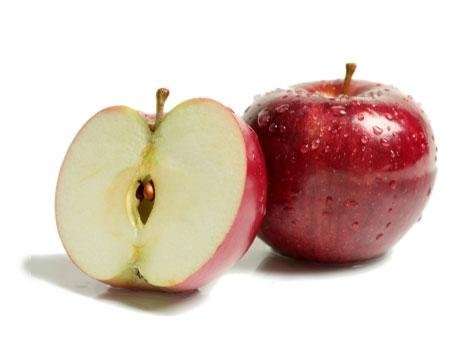Friday marked the first day of
Bone and Joint Health National Awareness Week!
After a long week of hard work, every get home and sit back and think "Ouch! My knees hurt!" or "My wrists are very sore from working at the computer all day"?
These are common complaints addressed within our health clinic. Massage therapy, Physiotherapy, Kinesiology, Acupuncture, and Chiropractic care are great options for the health and wellness of your bones and joints.
Strained or over used muscles may feel sore due to lactic acid buildup post exercise, inflammation may occur from strenuous activity, poor posture, injury, or trauma to the muscles. If muscles are inflamed, or 'out of position' they may pull on a joint in a way that is not natural to optimum function.
For example, many patients who complain about upper back, shoulder and neck tension usually stems from poor posture and ergonomics in the work place. If a patient were to slouch all day for an extended amount of time, usually a 5-8 hour shift, your muscles are not going to be in a natural position. This is when a patient will start to feel tension, the more tension the more a patient will tend to slouch or try to compensate the pain. When this happens, the patient creates a viscous pain cycle and muscles in the upper back that may cause the spine and adjacent bones and joints to compensate. Sometimes aggravating the symptoms further.
To fix this, muscles and bones will either need to be massaged or manipulated back into their natural position. Many times after a treatment patient's will feel symptomatic relief instantly or in the following day or two. However, they will come back a week later expressing the same symptoms.
This is because if the patient does not practice maintenance, preventative care and/or continues with poor posture, the symptoms will remain. Forms of preventative care would be stretching, heat/ice therapy, strengthening exercises, and/or posture awareness.
The above criteria are just a common example of pain, discomfort, and common complaints concerning joints. Some patients will come in after having a knee surgery to help strip away scar tissues, or like such surgeries where scar tissue can build up around the bones and joints causing pain and or stiffness.
There are many types of conditions and pathologies that concern bones and joints. Some examples would be arthritis, carpel tunnel, fractures and breaks, fungus, osteoporosis, etc.

It's important to educate yourself in bone and joint health because these are the structural parts of the skeletal system. They absorb shock, bend, twist and move to keep us at an optimum health, but if our bones and joints are unhealthy, the rest of the body will be affected.
See our other blogs about common bone and joint conditions to learn more about how our clinic can help you find relief, become healthier, and move forward.

















